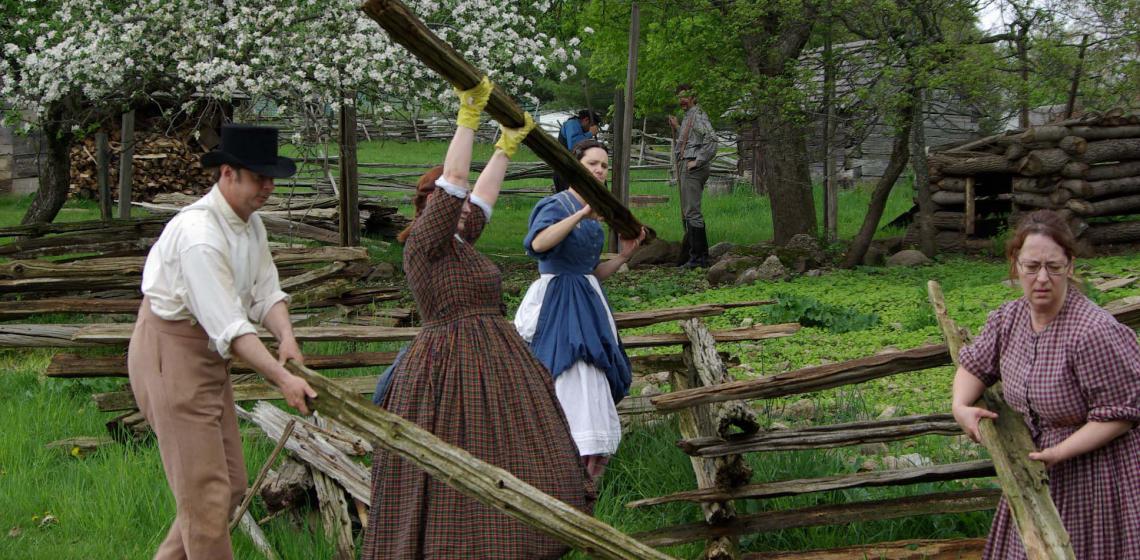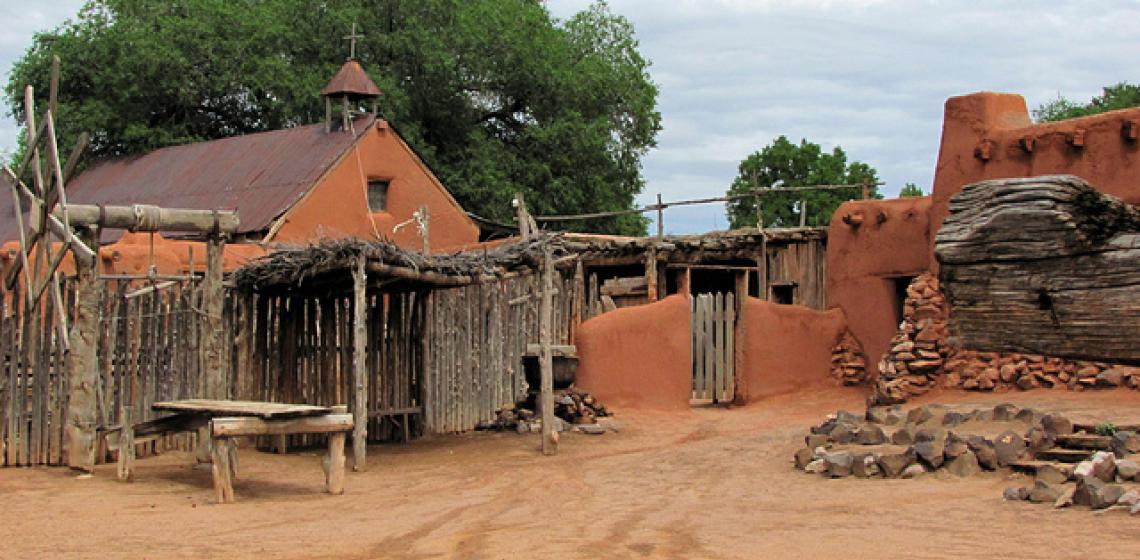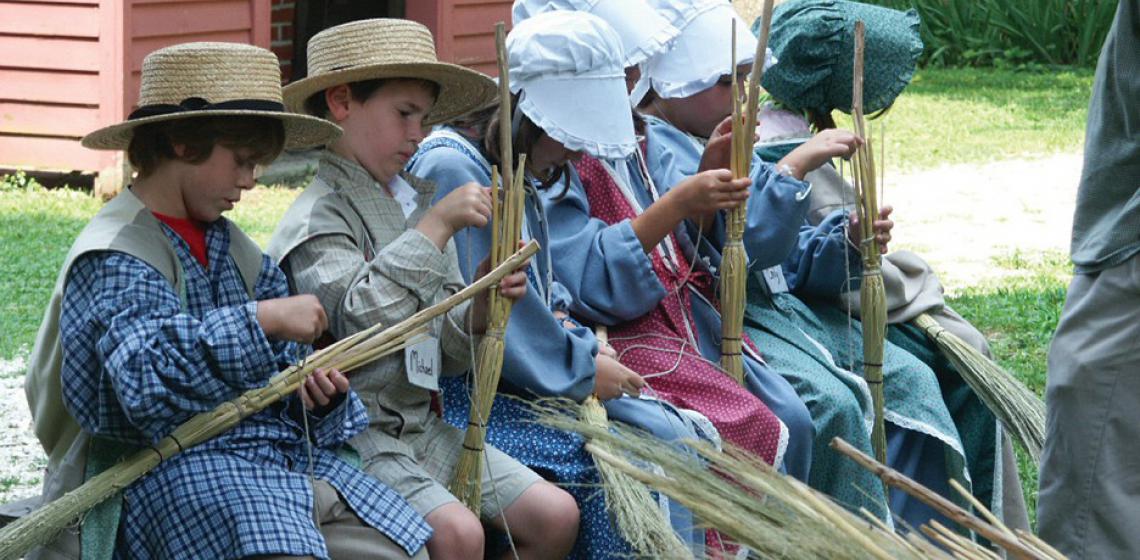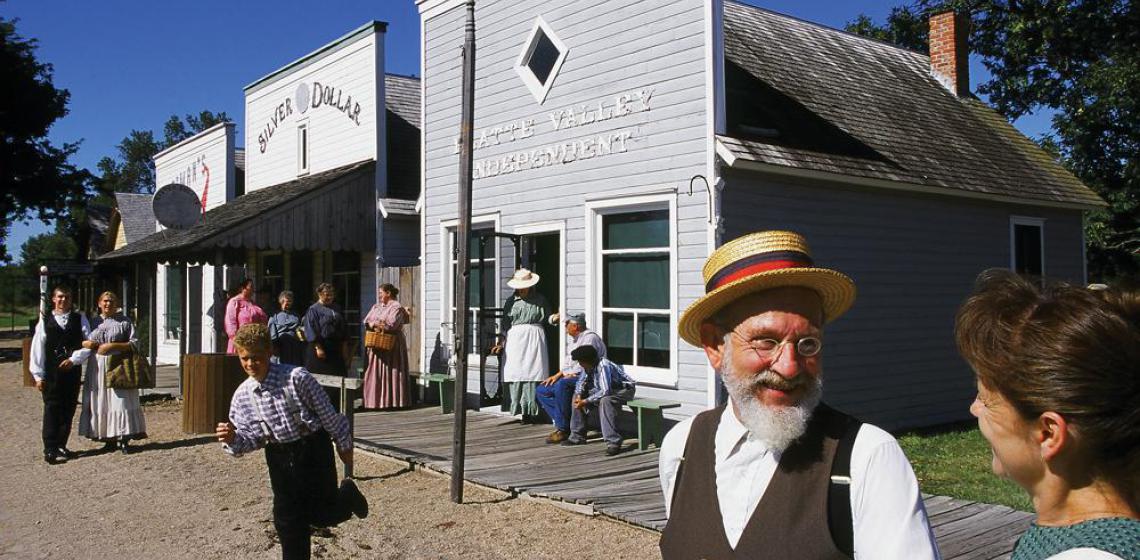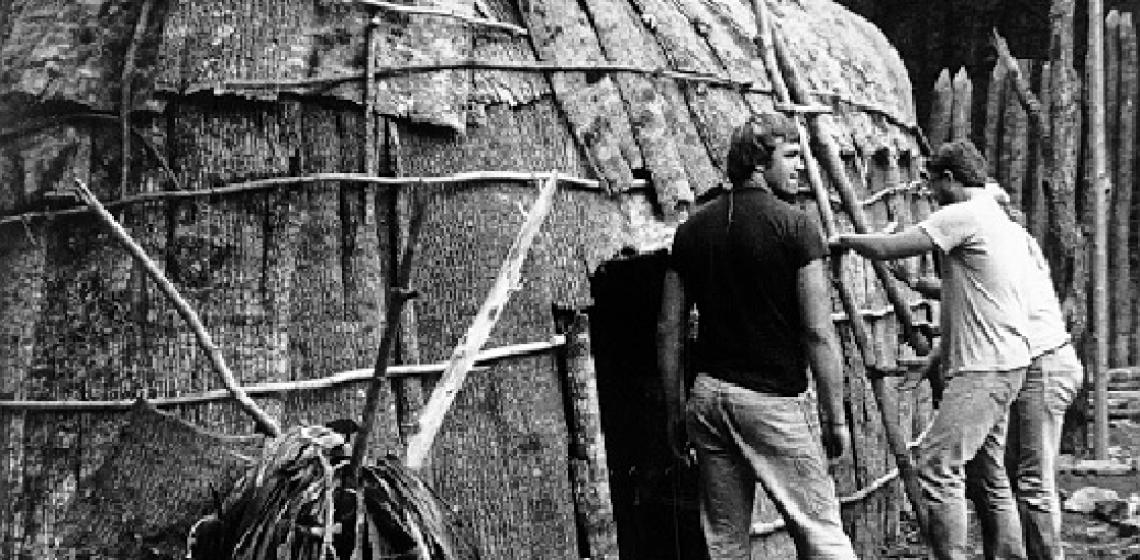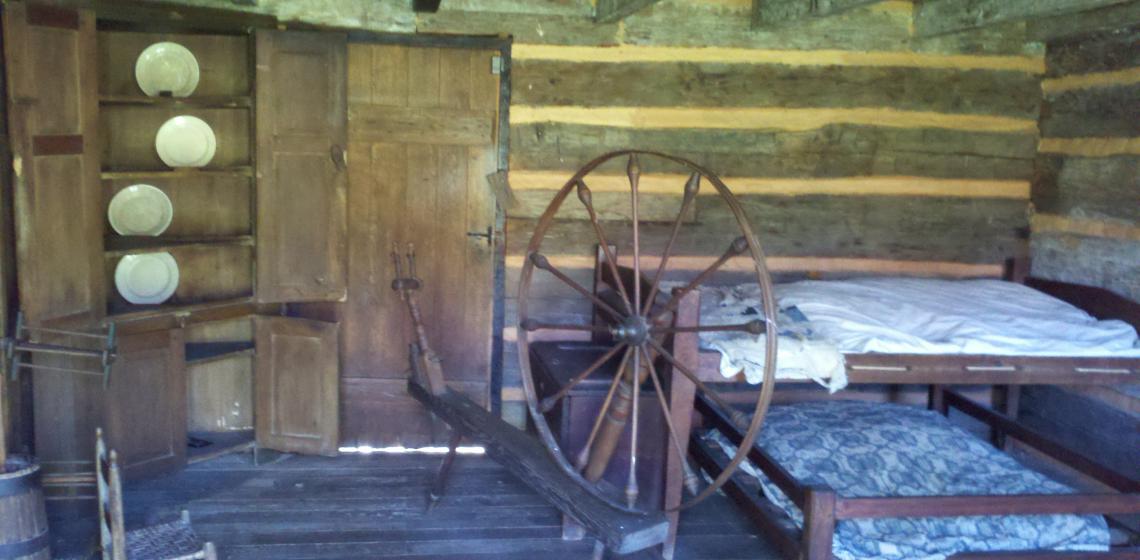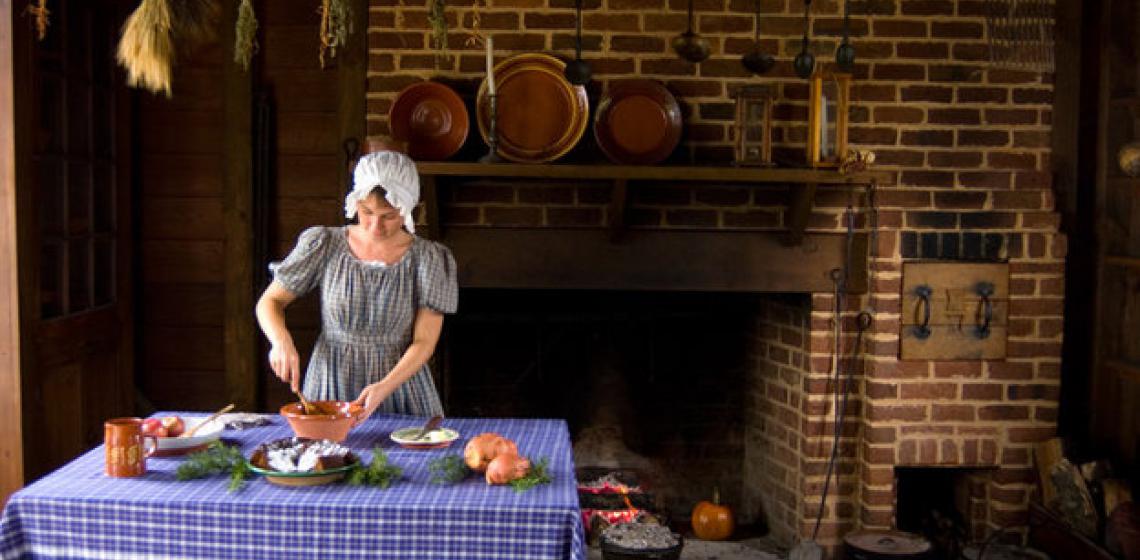Genesee Country Village & Museum (US)
Genesee Country Village & Museum is the largest living history museum in New York State. The Museum is dedicated to preserving the historical, cultural and architectural heritage of the Genesee Valley Region in New York State.
Genesee Country Village & Museum is the largest living history museum in New York State. The Museum is dedicated to preserving the historical, cultural and architectural heritage of the Genesee Valley Region in New York State.

